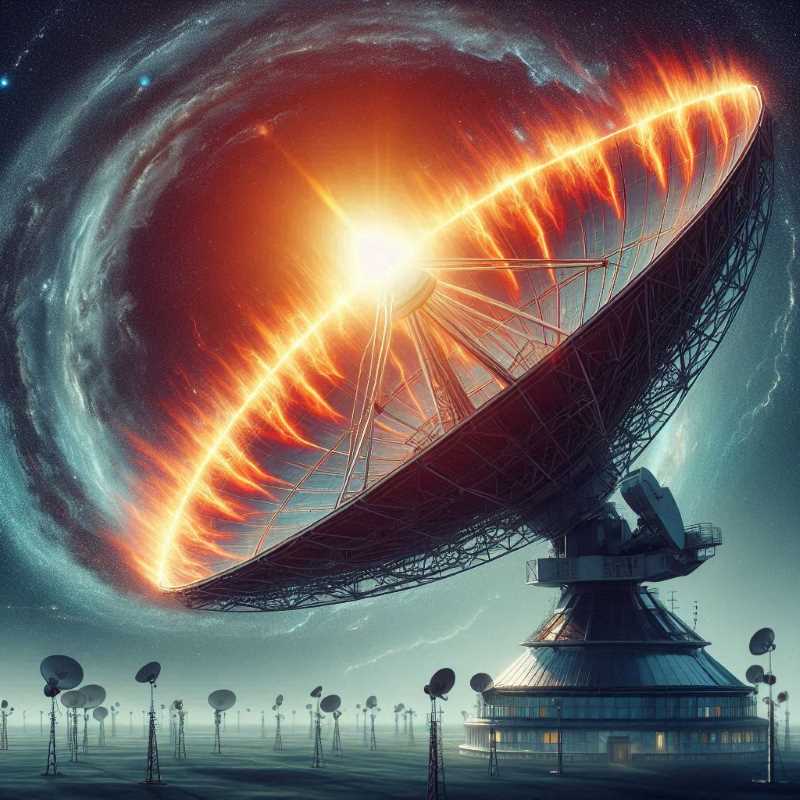How Mexico Tracks Solar Storms and Protects Our Tech
Mexican scientists meticulously track solar storms and their impact. May 10th storm caused auroras but no major damage. Collaboration and preparedness are key as the Sun reaches peak activity in 2024-2025.

The Sun, our life-giving star, can also unleash a tempestuous side. On May 10th, 2024, Earth came face-to-face with a solar storm, a celestial formation of charged particles that sent shimmers of the aurora borealis flashing across Mexican skies. This wasn't a scene straight out of science fiction, but a very real phenomenon meticulously monitored by the dedicated sentinels of the Institute of Geophysics (IGf) at the National Autonomous University of Mexico (UNAM).
The press conference aptly named "Report of the Geomagnetic Storm: Mother's Day" was a fascinating glimpse into the world of solar storms and the silent guardians who track their every move. Dr. José Luis Macías Vázquez, Director of the IGf, paints a picture of a two-headed coin: the venerable Magnetic Service, with over a century of experience meticulously recording the Earth's magnetic pulse, and the younger, yet equally crucial, Space Weather Service, a decade strong, keeping a watchful eye on solar tantrums and their impact on our planet.




